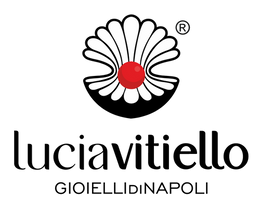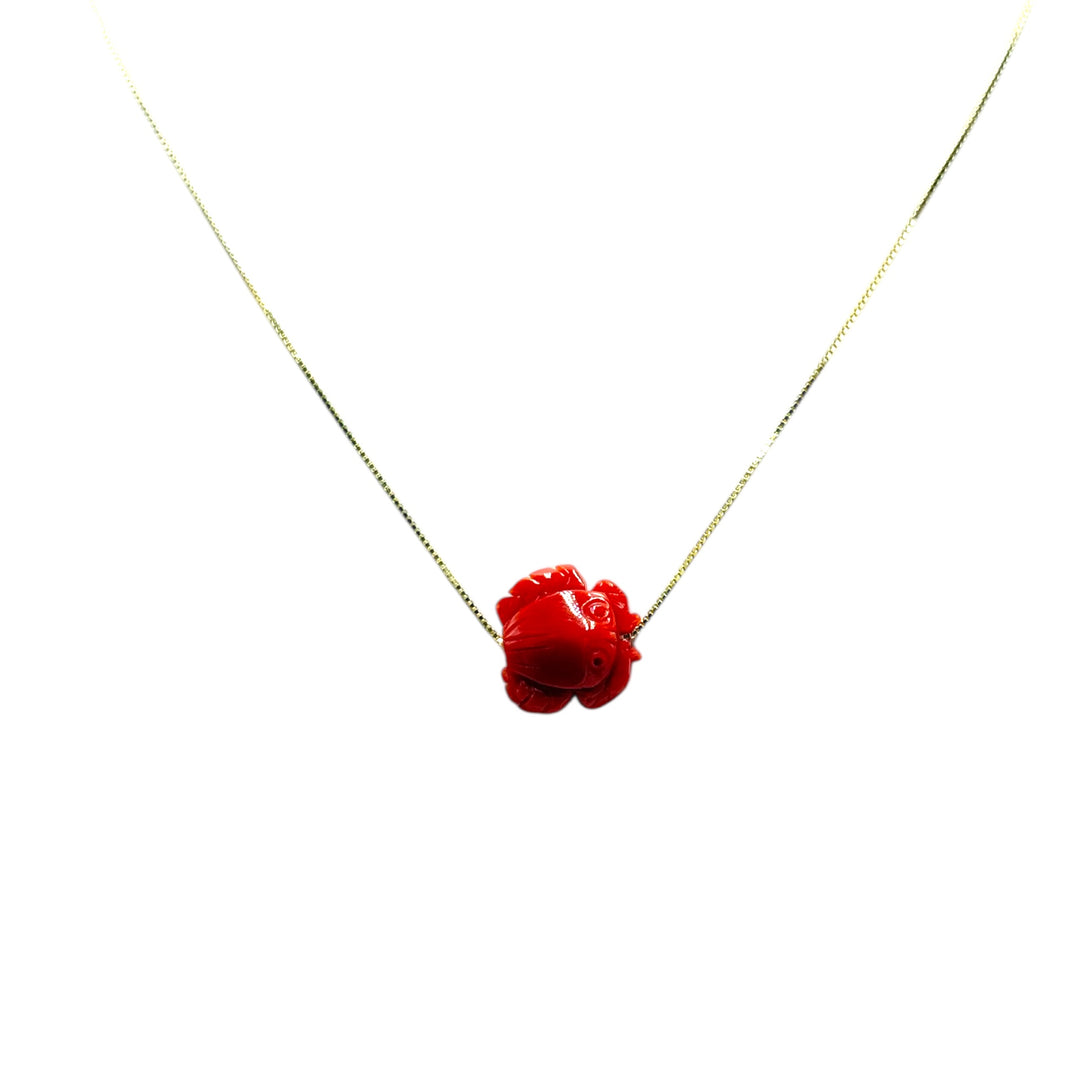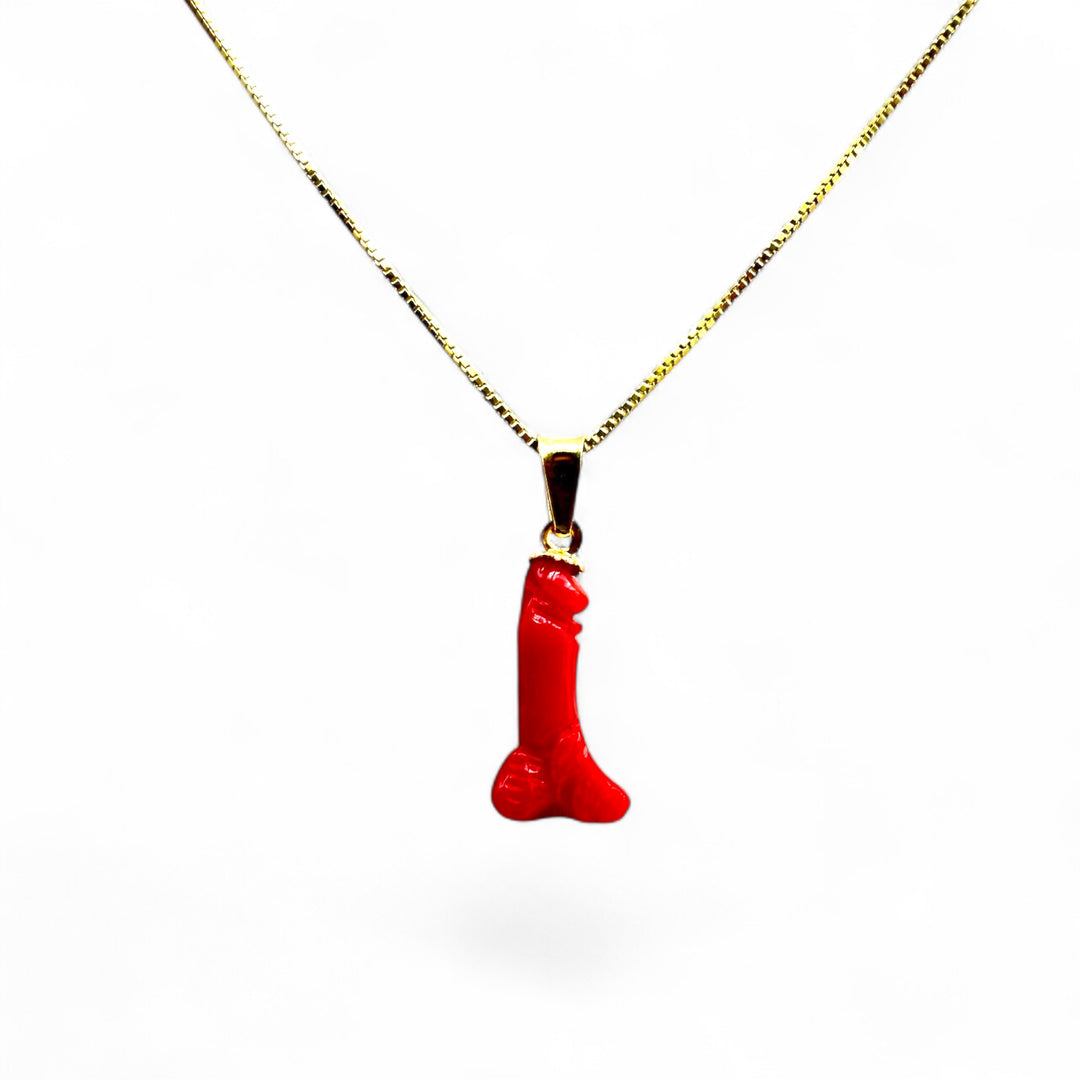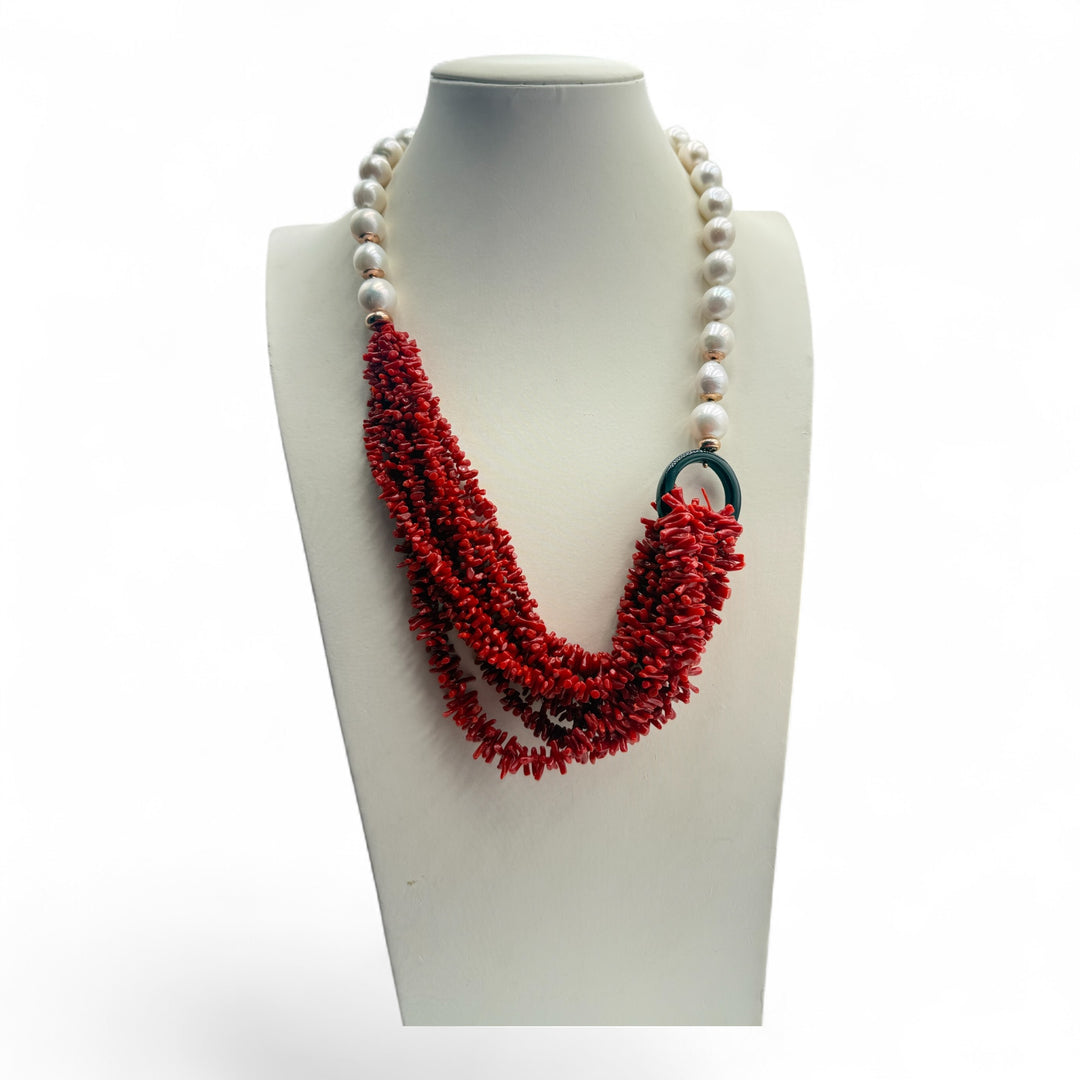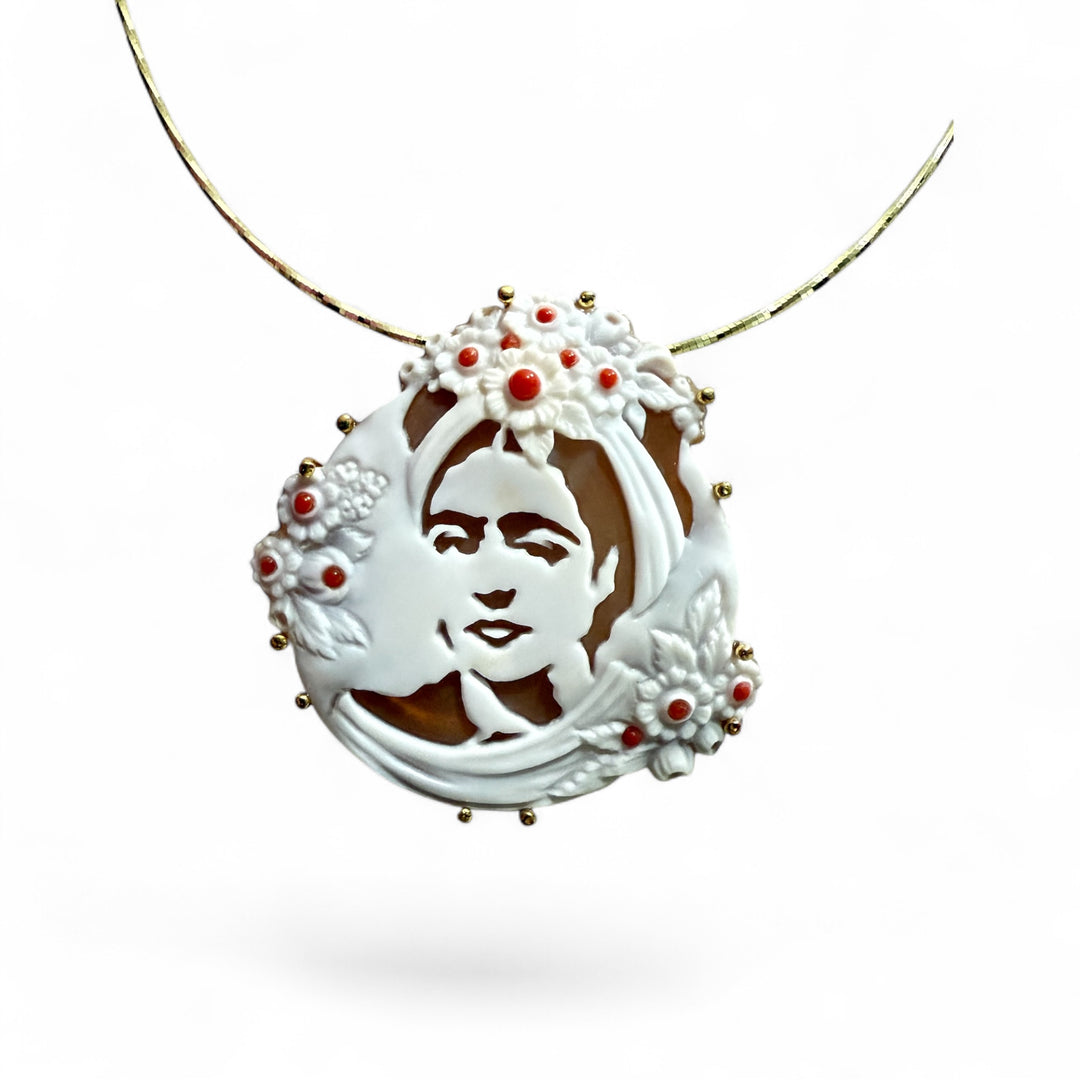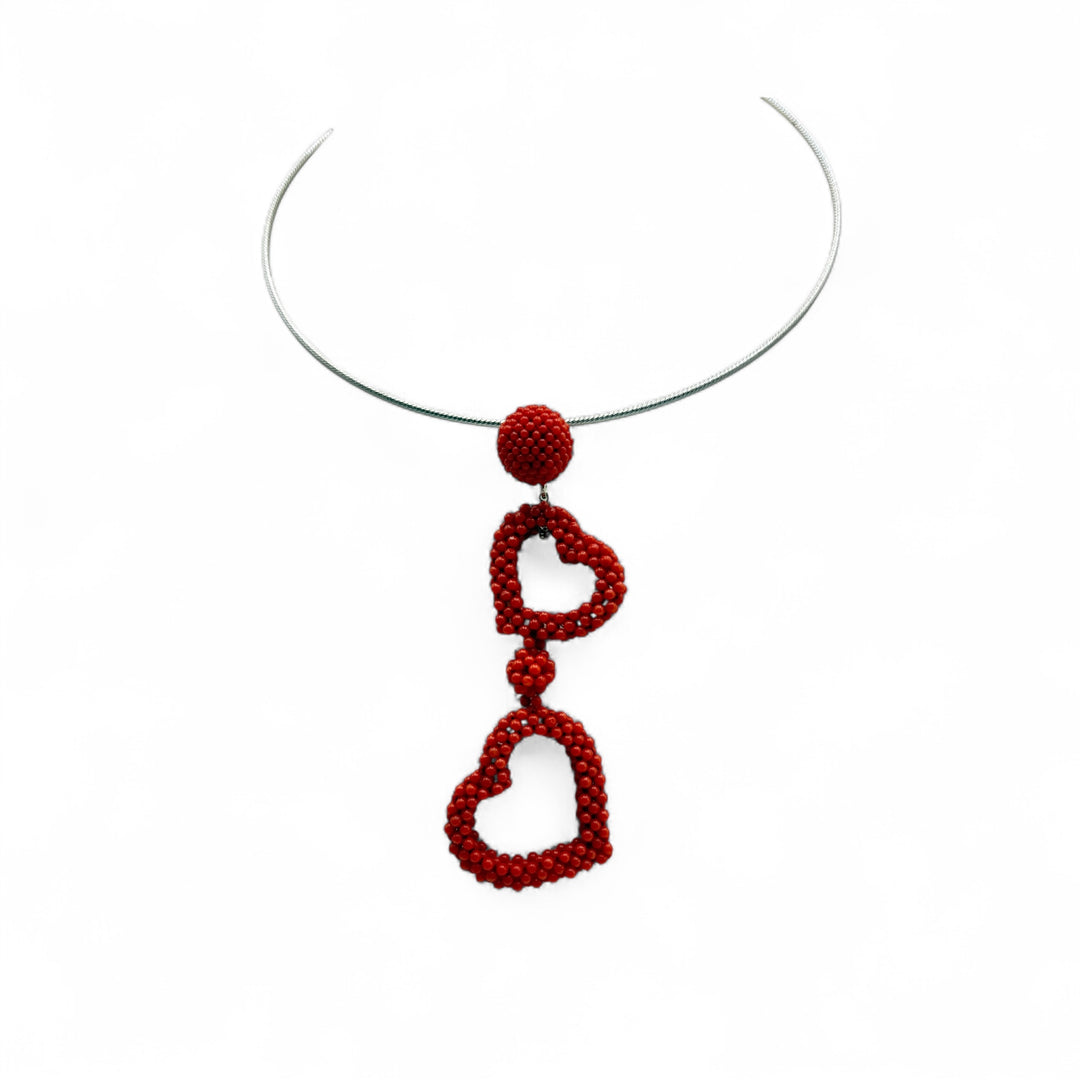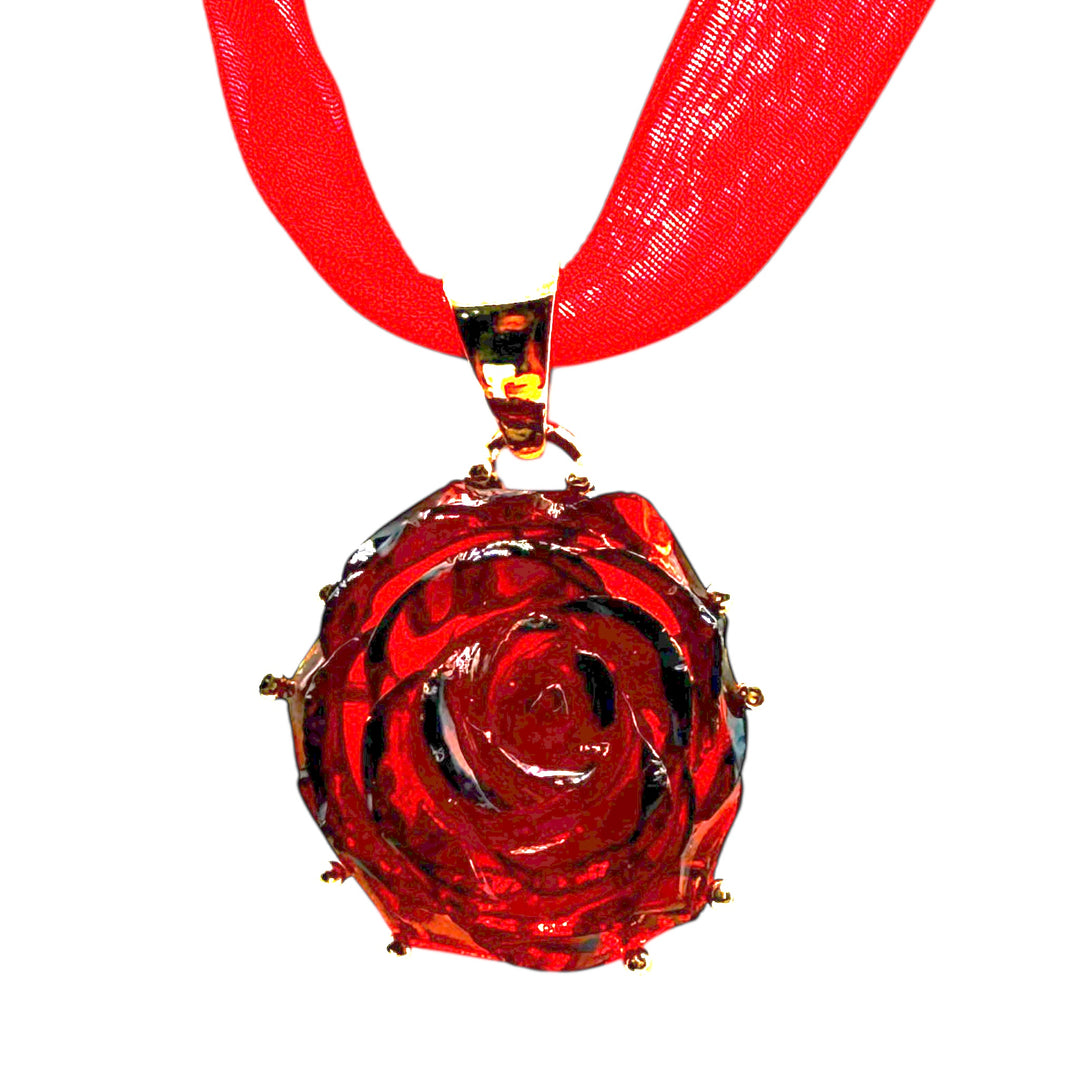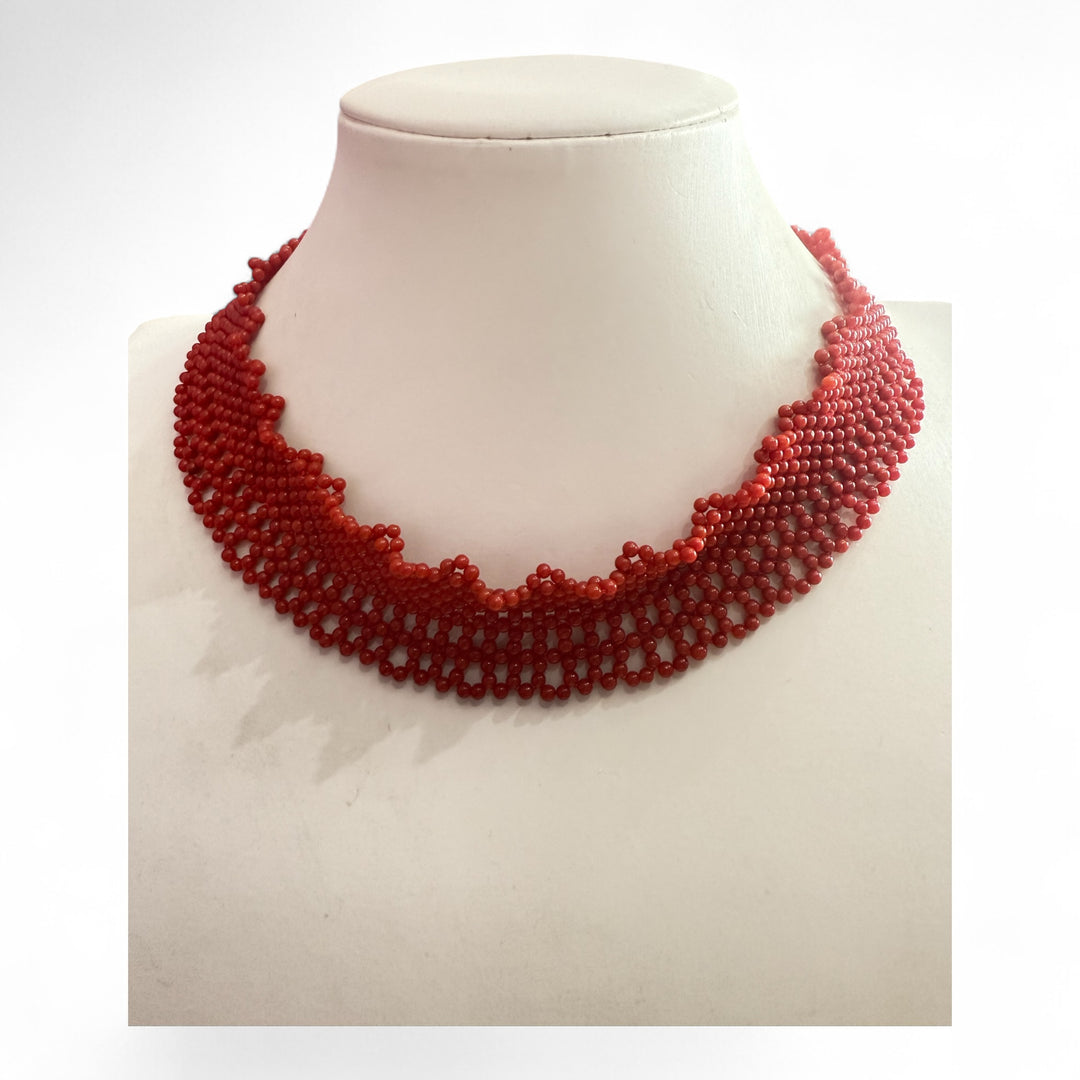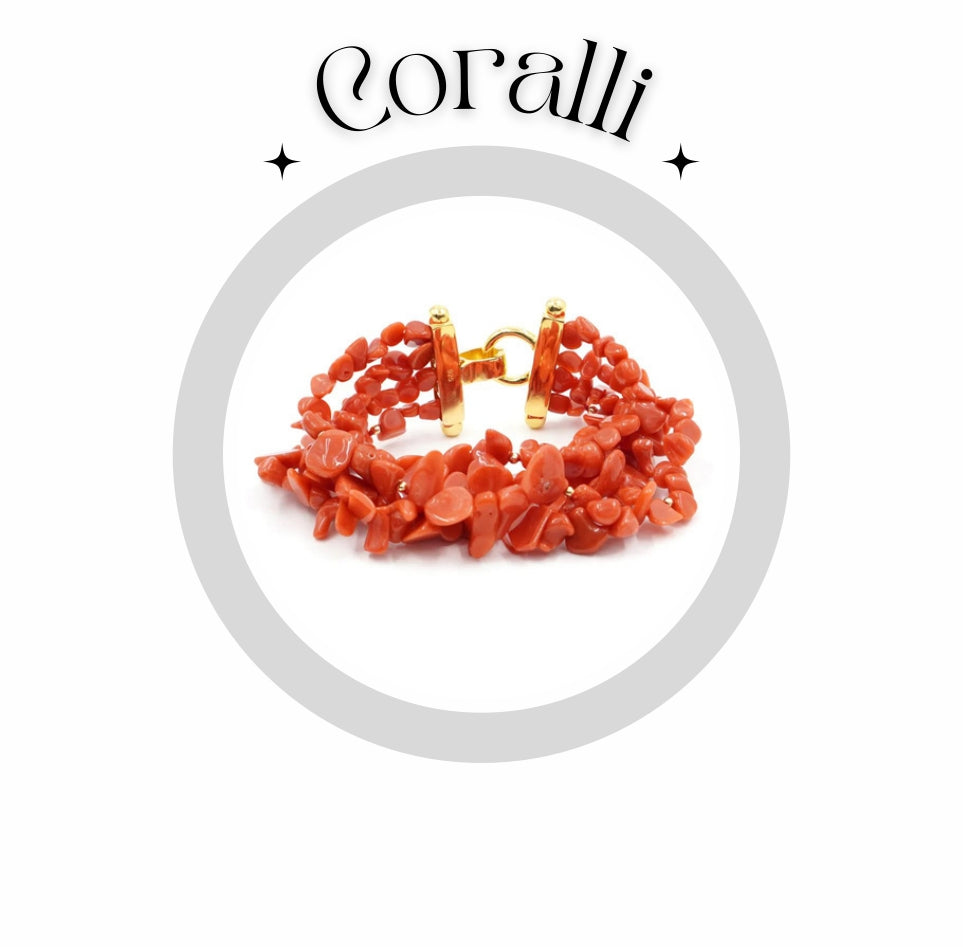
Coral
A red coral is the only species of the genus Corallium that lives in the Mediterranean , from Greece and Tunisia to the Strait of Gibraltar , Corsica , Sardinia , Sicily and the Balearics included, but it is also widespread in the eastern Atlantic in Portugal , the Canary Islands , Morocco and Cape Verde Islands , usually up to 200 meters deep in poorly lit places with little vegetation.
Corallium rubrum is considered an endemic species of the Mediterranean, although some populations have been reported in Portugal and Cape Verde.
It requires particular living conditions: constant water salinity (which must be between 28% and 40‰, depending on the location and the type of coral), reduced water movement and dimmed lighting . The rate of suspended sediments in the water, if too high, limits its survival.
It therefore lives preferably in shady and sheltered places (semi-dark caves, overhangs, rock crevices), starting from a depth of 20/30 metres up to 200 metres. Exceptionally It can be observed at low depths (4 m) and has also been reported at depths of up to 800 m. It can be found in considerable quantities in the caves of the areas of Porto Conte , Capo Caccia and Punta Giglio in north-west Sardinia , in the territory of Alghero : for these reasons the territory of which the Sardinian city is the capital takes the name of Riviera del Corallo (to which the Alghero airport located near Fertilia is also dedicated). In Liguria , in the Portofino Marine Reserve , the presence of red coral is continuous along the entire southern slope between 15 and 45 metres deep, with up to 200 colonies per square metre . The small size of the colonies associated with the high density means that the more superficial populations are not characterised by a high economic value.
Corallium rubrum is a very slow growing species. Studies on growth rates have shown that colonies grow on average between 0.25 and 0.66 mm in basal diameter over a year.
Red coral fishing is currently done exclusively by coral divers , with a specific license renewed every year by the relevant Region, generally operating in deep water areas from about 80 m to about 130 meters deep. It has been and is particularly practiced in Italy , France , Spain , Greece , Morocco and Tunisia , but also to a lesser extent in Algeria and Croatia . It is estimated that in the past, in the entire Mediterranean, 60 tons of coral were fished every year, currently this quantity is greatly reduced thanks to the change in policies for the protection and management of marine flora and fauna operated by governments that have banned massive harvesting techniques.
Until the 1980s, fishing was done using a motorized fishing boat, formerly with a lateen sail, called a corallina, which dragged a large wooden cross with equal arms, invented by the Arabs in the 10th century (called by the inhabitants of Torre del Greco , the first coral fishermen, i ngegno and then Italianized ingegno, meaning ingenious) weighed down by rocks and to which large mesh hemp nets were attached. This type of fishing is no longer used today because the ingegno seriously damages the seabed, completely uprooting the various coral stumps and destroying the entire submerged environment where the instrument was passed.
(cit. wikipedia)
